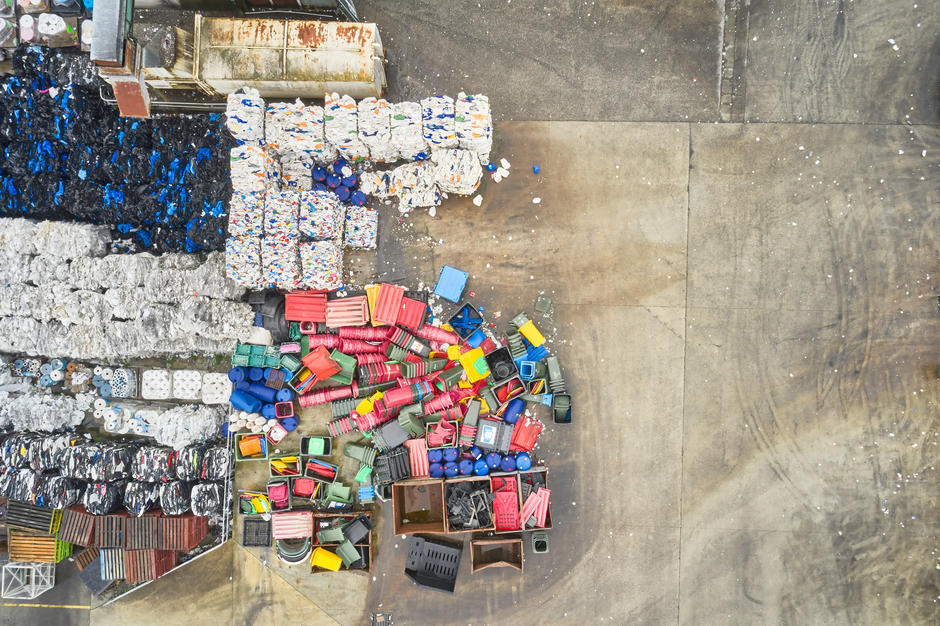Veolia Voice
If we want to achieve a circular economy, we need to be willing to treat resources differently by reusing, recycling, cleaning and de-polluting.
Awareness of product stewardship – a product-centered approach to environmental protection – is on the rise.
It’s important we push to compel manufacturers to prioritise recyclability in their designs, while supporting consumers in their efforts to repair, reuse and recycle.
In recent research commissioned by Veolia, which saw 1,000 people around Australia surveyed, 60 per cent of respondents wanted manufacturers to make spare parts for their products more easily available, while 47 per cent agreed manufacturers should be banned from giving products like mobile phone batteries a limited shelf life.
It’s encouraging to see one-quarter of Australians backing the idea of building the cost of recycling and disposal into the cost of a product. We believe increased sentiment and support in this area will help the country achieve national waste and net zero targets.
The survey also found nearly 80 per cent of consumers said they would repair an important item like clothing, whitegoods or a laptop rather than replace it. The cost of living continues to impact many Australians, and more than 50 per cent said saving money was a key reason for choosing repair.
Saving money is a great motivator, but it’s also important to understand the impact that throwing away clothing to replace with brand new items has on the environment. For example, a 2018 study by RMIT found that a single 100 per cent polyester T-shirt has a carbon footprint equivalent to more than 20 kilograms of CO2 emissions.
In Australia, six tonnes of clothing and textiles are dumped in landfill every 10 minutes. For synthetic fibres, that can mean decades and potentially hundreds of years of time spent decomposing in landfill.
Learning new skills like sewing to mend clothes you own, buying second-hand, or swapping items with friends and family are some ways you can reduce your spending habits and carbon footprint at the same time.
The same considerations need to be applied to our electronics which, when disposed of incorrectly come with the added threats of waste contamination and battery fires.
Devices like laptops and smartphones use lithium batteries, and recent Fire and Rescue NSW data has showed there was an almost 20 per cent increase in battery-related fire or explosion incidents when comparing the first half of 2023 to the first half of 2022.
CSIRO says only 10 per cent of Australia's lithium-ion battery waste was recycled in 2021, compared with 99% of lead acid battery waste. Crucially, lithium-ion battery waste is growing by 20 per cent per year and could exceed 136,000 tonnes by 2036.
Globally, Veolia has solutions in place to support the collection, recycling and re-use of lithium-ion batteries, but generally speaking, it’s worth considering how often you need to replace your personal devices like laptops and phones. If we want to achieve a circular economy, we need to be willing to treat resources differently by reusing, recycling, cleaning and de-polluting, rather than just consuming without an end-of-life solution in mind.
This shift in thinking is what will drive Veolia's mission of ecological transformation.



